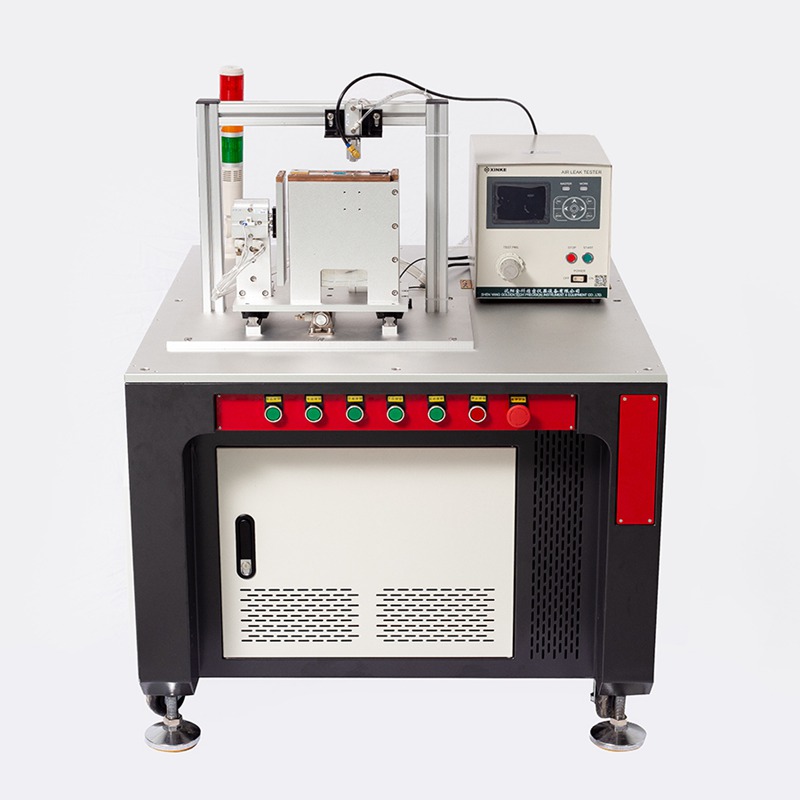The demand for renewable energy is on the rise, and solar power is emerging as a promising solution to meet our energy needs while reducing our carbon footprint. Solar collectors are an essential component of solar power systems, and their efficiency and durability are critical to the overall performance of the system. One of the key technologies that are enhancing the efficiency and quality of solar collectors is the use of laser welding machines.

A solar collector is a device that collects and converts solar energy into heat or electricity. Solar collectors are made up of several components, including absorber plates, tubes, and frames. These components need to be securely and precisely joined together to ensure efficient energy transfer and durability.
Traditional welding methods, such as arc welding or resistance welding, can result in distortion, porosity, or cracking, which can compromise the performance and longevity of the solar collectors. In contrast, laser welding machines offer several advantages over traditional welding methods, including higher precision, speed, and control, which result in a stronger and more reliable weld.
Laser welding machines use a focused beam of high-energy laser light to melt and fuse the metal surfaces together. The laser beam can be precisely controlled, allowing for precise heat input and weld depth. The high energy density of the laser beam results in a narrow and deep weld, reducing the heat affected zone (HAZ) and minimizing distortion and thermal stress.
One of the key benefits of laser welding machines is their ability to join dissimilar metals, such as copper and aluminum, which are commonly used in solar collectors. The dissimilar metals have different thermal properties and require different welding conditions, which can be challenging with traditional welding methods. Laser welding machines can adjust the laser parameters to match the specific requirements of each metal, resulting in a strong and durable joint.
Another advantage of laser welding machines is their ability to weld thin materials with high precision. Solar collectors require thin and lightweight components to maximize their efficiency and reduce their weight. Laser welding machines can weld these thin materials without damaging or distorting them, resulting in a precise and high-quality weld.
The use of laser welding machines in solar collector manufacturing has several benefits, including improved efficiency, reliability, and durability. By using laser welding machines, manufacturers can produce solar collectors that have a higher energy output, a longer lifespan, and lower maintenance costs. The precision and control of laser welding machines also enable the production of customized solar collectors that can be tailored to specific applications or environments.
In conclusion, solar power is becoming increasingly important as we strive to reduce our reliance on fossil fuels and combat climate change. Solar collectors are a critical component of solar power systems, and their efficiency and durability are essential to the overall performance of the system. Solar Collectors with Laser Welding Machine offer several advantages over traditional welding methods, including higher precision, speed, and control, resulting in a stronger and more reliable weld. The use of laser welding machines in solar collector manufacturing can enhance the efficiency and quality of solar collectors, leading to a more sustainable and cleaner future.
Previous: What is a Filter Press?
Copyright:@2020-2021
Comments Please sign in or sign up to post.
0
0 of 500 characters used